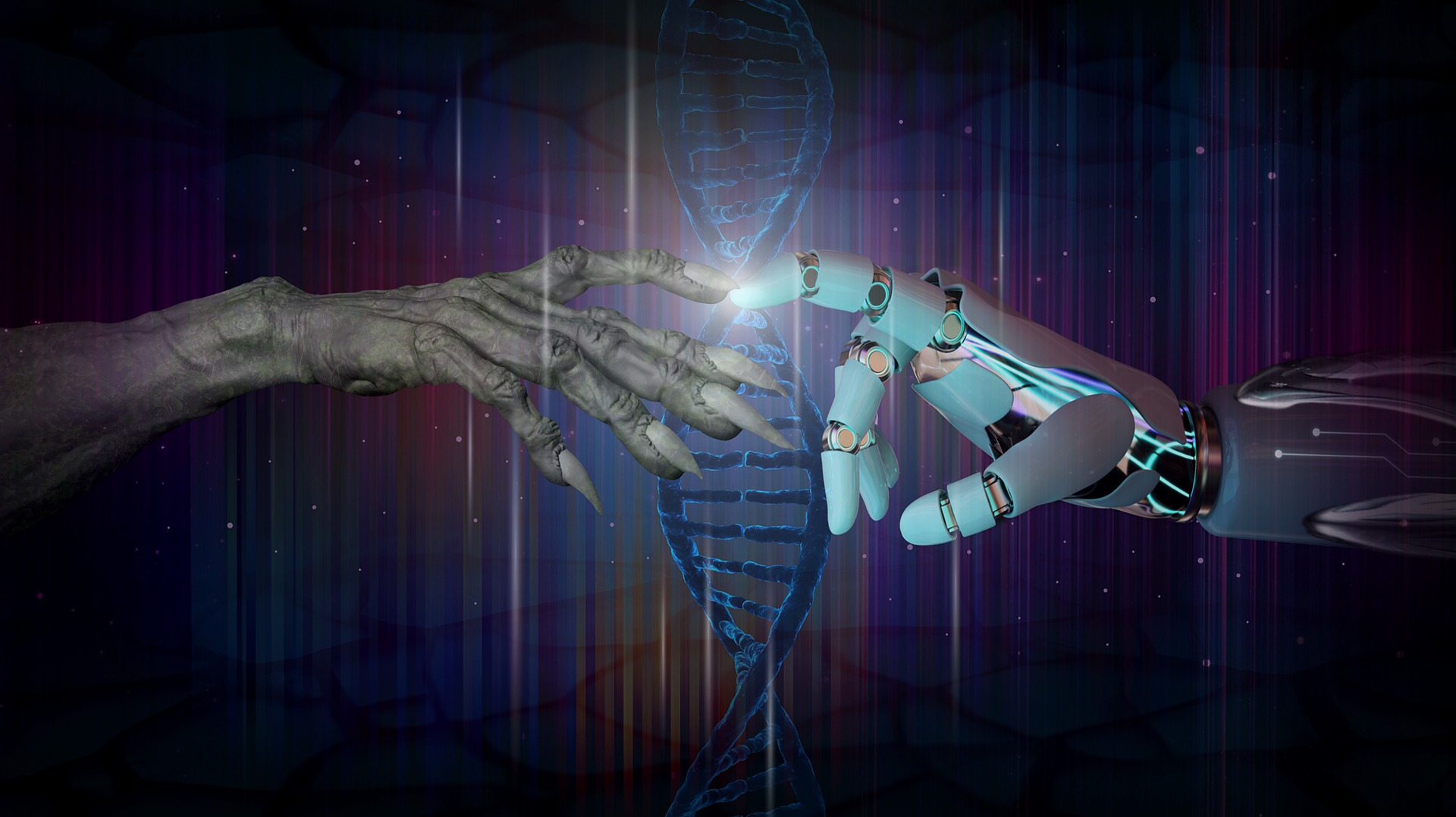News & Research on Psychology | ShareYrHeart
Active children are much stronger
Published
6 months agoon
By
Shareyrheart
Source: University of Basel
Summary: The first tests of the academic year are quickly coming. Active children at school are better able to handle stress if they exercise often each day, according to a study from the University of Basel.
When adults complain about the stress in their lives, this is one suggestion they frequently hear. Stress can be reduced by exercise. But do kids fall under this as well? Does exercise assist them in coping with the demands of schoolwork? Recently, a research team from the Department of Sport, Exercise, and Health led by Drs. Manuel Hanke and Sebastian Ludyga looked at how physical activity affects kids’ stress levels. The Journal of Science and Medicine in Sport has published its findings.
110 kids between the ages of 10 and 13 were required to wear a sensor for the duration of the study, which tracked their daily motion.
The participants were then brought into the lab on two different occasions to complete a challenging task and a less challenging control task (see the box). By measuring the amount of the stress hormone cortisol in the active children saliva, the researchers were able to test how physically the children responded to stress.
Active children have lower cortisol levels
“We want to determine whether physical activity makes children more resilient under laboratory-controlled circumstances,” explains project director Sebastian Ludyga. The findings demonstrated that participants who exercised more than the WHO-recommended one hour per day did, in fact, produce less cortisol during the stress task than those who exercised less.
“Regularly active children seem to have a reduced physiological stress reaction in general.” Observe the study’s principal author, Manuel Hanke. Although overall cortisol levels were lower than in the stress task, there was a difference between more and less active children in the control task, which also involved an unfamiliar situation that made it somewhat unsettling for the participants.
Exercise raises stress hormone levels.
According to Sebastian Ludyga, one explanation for this finding might be that cortisol levels rise during exercise. “When children regularly run, swim, climb, etc., the brain learns to associate a rise in cortisol with something positive. The body’s reaction always has a cognitive component as well; this positive association helps to prevent the concentration of cortisol from rising to too high a level in exam situations as well.”
Besides their analysis of the saliva samples, the researchers also examined cognitive reactions to the stress task by recording participants’ brainwaves via electroencephalogram (EEG). The team plans to analyze this data next. “Stress can interfere with thinking. Some of us are familiar with this in its most extreme form—a blackout,” Hank elucidates. The team is now attempting to ascertain whether physical exercise also affects these cognitive effects of stress.
Methodology
The Trier Social Stress Test for Children was used by the researchers to conduct their study. After reading an open-ended story, participants had five minutes of preparation time before finishing it in front of a jury while using their notes. They were unaware that the preparation time had been purposefully cut short so that it wouldn’t be adequate.
Their notes had mostly run out after about a minute, but they still had to fill five minutes by coming up with something on the spot. Following this task, participants were given a math task that appeared to be simple but required them to repeatedly reduce a high three-digit number by a specific amount over the course of the task.
Errors in this task, which force the participant to start over after each mistake, are the main source of stress. The kids had to read a story as part of the control task, which was carried out on a different occasion, but there was no performance pressure and they instead had an open discussion with a researcher about the story. At regular intervals before and after the tasks in both sessions, the researchers collected saliva samples to gauge cortisol levels.
Source: University of Basel



